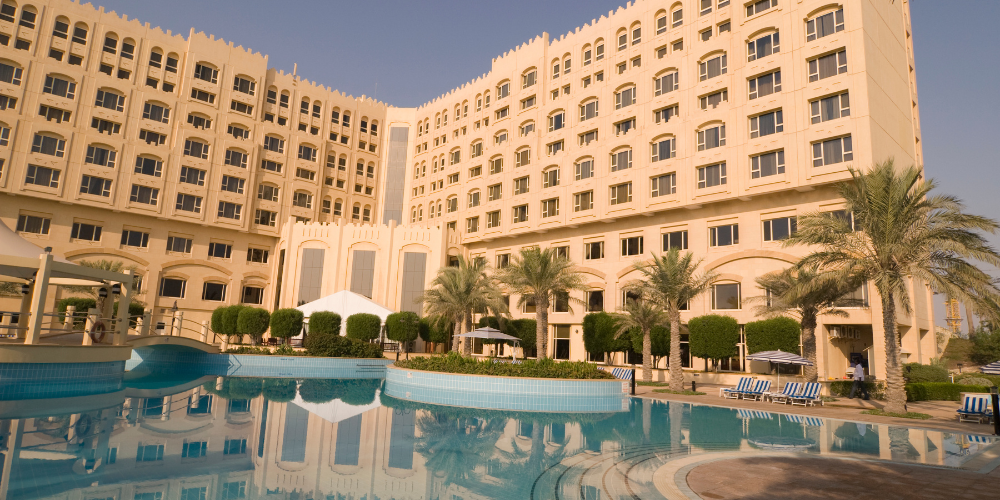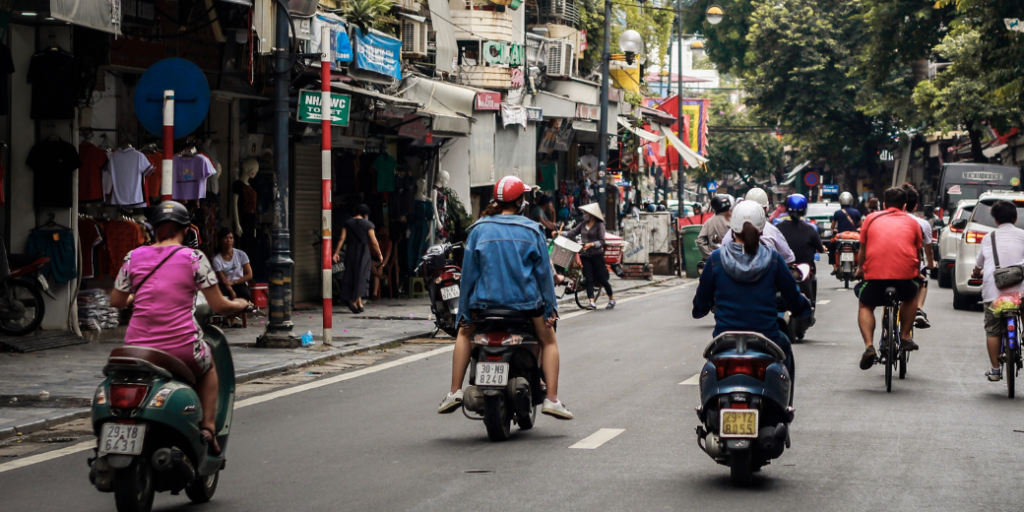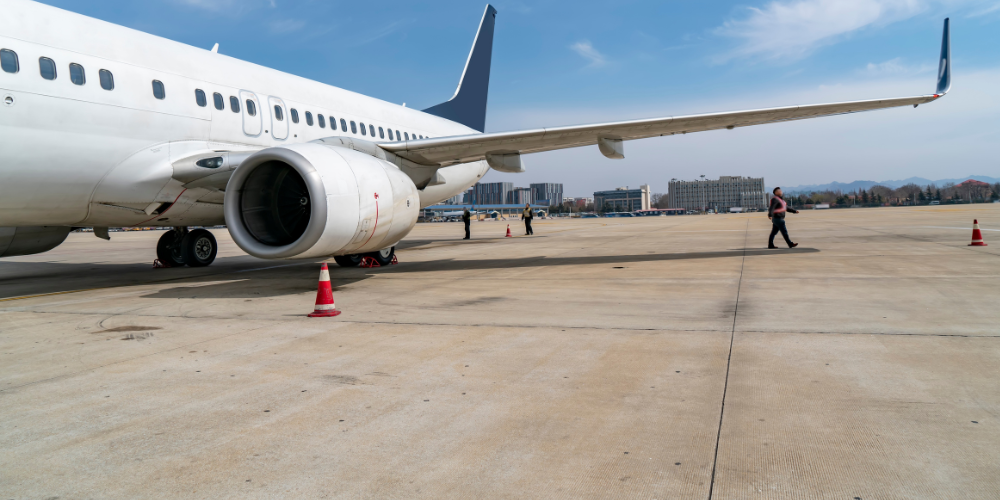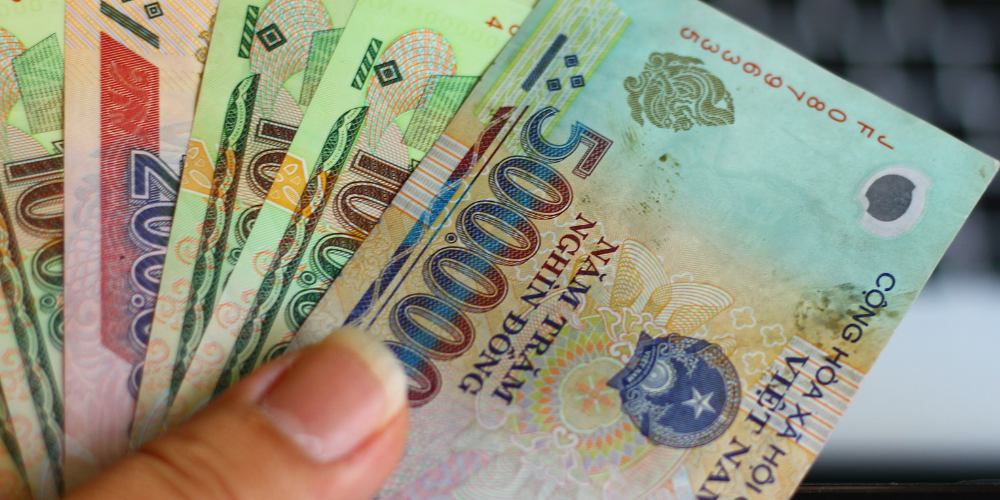Industry Reports
Hotel Industry in ASEAN

Summary
Global hotels innovate post-pandemic; ASEAN sees strategic shifts with Thailand and Singapore leading. The report dives into these changes, offering insights into how different regions are adapting and what the future holds for this dynamic industry. (Updated: 14 April 2024)
Global Market Overview
North America and Europe Lead Recovery While Asia Lags; Industry Shifts to More Asset-Light Business Strategies
The global hotels industry is a significant sector of the travel and tourism industry, mainly generating its revenue from room bookings but also offering additional services such as food and beverages. The industry encompasses various business models, including direct ownership, leasing, management contracts, and franchising, which cater to different financial and operational strategies.
After a severe downturn during the pandemic, the industry is witnessing a recovery in 2022, driven by a resurgence in tourism activities. The hotel industry in Europe and North America has recovered faster than Asia in terms of Average Daily Rate (ADR) and Revenue per Available Room (RevPAR), surpassing their pre-pandemic levels recorded in 2019. This recovery is attributed to solid tourism growth and favourable economic conditions in these regions, contrasted with Asia’s slower recovery, hampered by excessive supply growth and economic uncertainties affecting demand, particularly in China.
Increasing competition from online travel agencies and peer-to-peer accommodation platforms like Airbnb is reshaping market dynamics, pushing traditional hotels to innovate in customer engagement and loyalty programs. There is also a shift towards asset-light business strategies such as franchising, particularly in developed regions, allowing for flexibility and reduced financial exposure. Lastly, there is a growing trend towards sustainability in hospitality, with more hotels investing in eco-friendly practices and technologies to attract a conscientious clientele.
Hotel Industry in ASEAN
ASEAN’s Hotel Industry Rises to Post-Pandemic Challenges; Singapore and Thailand Lead ASEAN’s Hotel Industry Surge
Across the ASEAN region, the hotel industry showcases varied but promising trends, marked by recovery and strategic adaptations post-pandemic. Singapore exemplifies high performance with its well-integrated tourism ecosystem, leveraging its status as a premier MICE destination and regional transit hub to attract substantial business travel. The nation has seen a robust recovery driven by increased international tourist arrivals, albeit still below pre-pandemic levels.
Thailand and Indonesia, too, reflect significant tourist appeal, supported by their diverse accommodations and rich cultural offerings. Thailand’s industry, while diverse, faces competition from alternative lodging options like Airbnb, which offer budget-friendly and long-stay accommodations. Indonesia’s market, heavily reliant on tourism, has responded to the pandemic with a shift towards sustainable practices and increased international investments, stimulated by eased foreign ownership restrictions.
Meanwhile, Malaysia and the Philippines highlight the ongoing struggle and resilience of the sector. Malaysia’s industry, critical to its economy and boosted by its MICE capabilities, confronts challenges from the rising popularity of homestays. The Philippines, with a less penetrated market, relies heavily on domestic tourism, which has supported the industry through the pandemic’s travel disruptions. Both nations are poised for recovery, focusing on enhancing infrastructure and capitalising on domestic and business tourism to fuel growth.
 Singapore
Singapore
High Performance in a Well-Integrated Tourism Ecosystem; Resilience and Innovation Post-Pandemic
Singapore’s hotel industry stands out within the ASEAN region for its high revenue per available room (RevPAR), supported by robust room rates and occupancy levels. The country’s strategic position as a regional transit hub, coupled with a well-developed tourism infrastructure, significantly contributes to its success. This includes a world-class transportation network and a wide range of accommodation options that cater to various segments of travelers. The hotel sector in Singapore has effectively capitalized on the city-state’s status as a premier MICE (meetings, incentives, conferencing, exhibitions) destination, attracting a substantial volume of business travelers.
The industry experienced a robust recovery in 2022 from the significant downturn caused by the COVID-19 pandemic. This resurgence is notably driven by a rebound in international tourist arrivals, although figures still lag behind pre-pandemic levels. The competitive landscape in Singapore remains highly fragmented, dominated by major international hotel chains, which benefit from a diverse portfolio ranging across luxury to economy segments. This diversity allows them to mitigate risks associated with customer concentration. Key players like UOL Group, Genting Singapore, and international brands such as Las Vegas Sands and InterContinental Hotels Group, continue to expand their presence.
 Thailand
Thailand
A Leading Tourist Destination with Diverse Accommodation Options
Thailand remains a top destination within ASEAN, attracting millions with its vibrant cities like Bangkok, Phuket, and Pattaya, and beautiful southern beaches. The hotel industry, integral to the nation’s economy, is diverse, ranging from luxurious resorts to budget-friendly accommodations. The sector predominantly utilises an asset-heavy model, with major Thai firms investing in property ownership, contrasting with the asset-light strategies of international chains.
The Thai hotel market is gradually recovering from the pandemic’s impacts, with 2022 showing promising signs of revival in tourist arrivals and MICE activities, though both remain below pre-pandemic levels. Domestic tourism has been a critical support pillar during the pandemic, with local initiatives and promotions partially offsetting the loss from international travel.
However, the landscape is increasingly competitive, particularly from alternative lodging options like Airbnb and serviced apartments, which are favored by long-staying and budget-conscious travelers, especially Western tourists. The competition is expected to intensify as these alternatives become more popular among Asian tourists as well.
 Vietnam
Vietnam
Rapid Expansion Amidst Growing Tourist Attraction; Luxury Dominance and the Rise of Condotels
Vietnam’s hotel industry benefits significantly from the country’s increasing popularity as a tourist destination, thanks to its diverse landscapes and vibrant cities. Despite a large supply of rooms, tourist numbers are lower compared to other ASEAN countries, indicating an imbalance that presents both challenges and opportunities. The market is primarily driven by the luxury and premium segments, which dominate value sales. Major international chains have a significant presence, but local firms mostly operate within the midscale and economy segments, except a few financially robust companies venturing into higher-end markets.
The Vietnamese hotel market is experiencing a post-pandemic recovery, driven by an influx in both domestic and international tourists. However, the luxury segment’s growth has led to concerns about potential oversupply, particularly as new hotel and resort developments continue to outpace demand in key tourist locations. This growth is compounded by the popularity of condotels, which primarily serve expatriates and are increasingly seen as a direct competitor to traditional luxury hotels. These hybrid accommodations blend condominium living with hotel-like amenities, offering a lucrative, albeit regulatory complex, investment opportunity.
 Indonesia
Indonesia
A Thriving Hub in Asia-Pacific’s Hospitality Landscape; Adaptation and Resilience Amidst Changing Dynamics
Indonesia’s hotel industry is marked by a robust supply of rooms, ranking third in the Asia-Pacific region, a reflection of its popularity as a key tourist destination. The country’s diverse and rich cultural heritage, coupled with its natural beauty, makes it a preferred choice for both domestic and international tourists. The industry is heavily dependent on the travel and tourism sector, contributing significantly to the local economy.
In 2019, Indonesia boasted a significant number of both star and non-star hotels, with non-star accommodations predominating, representing 88% of the total. This segment caters primarily to the domestic market, which dominates demand. The hotel industry’s distribution is notably concentrated in tourist-favored locations such as Bali, Jakarta, and Java, where the government has had to intervene to prevent over-supply, especially in Bali.
The Indonesian hotel industry has shown dynamic growth, with a continuous increase in both star and non-star hotel rooms. Star hotels, in particular, have seen higher growth rates due to unwavering demand from both domestic and international guests. However, the COVID-19 pandemic introduced significant challenges, with temporary lockdowns leading to a sharp decline in occupancy rates and operational shutdowns.
Despite these challenges, the industry has also witnessed positive shifts, including a trend towards more sustainable and responsible tourism practices in response to global environmental concerns. The easing of foreign ownership restrictions has been another critical trend, aimed at improving service standards through increased international investment.
 Malaysia
Malaysia
Relatively Low RevPar and ARR Compared to Other Regional Peers; Homestay Grows in Popularity
Malaysia’s hotel industry plays a crucial role in the nation’s economy, significantly supported by the tourism sector, which accounted for approximately 14% of GDP in 2022. The country’s appeal as a major tourism hub in Southeast Asia is bolstered by its iconic landmarks, diverse culinary offerings, and renowned shopping destinations. Furthermore, Malaysia is recognised for its strategic location and excellent facilities for hosting business events, making it a regional leader in the MICE (Meetings, Incentives, Conferences, and Exhibitions) sector. Despite these advantages, the revenue per available room (RevPAR) and average daily room rates (ARR) in Kuala Lumpur remain relatively low compared to other capitals in the region, highlighting potential areas for growth and improvement in the hotel sector.
The Malaysian hotel industry is poised for recovery from the COVID-19 pandemic, aided by increasing tourism and capacity additions. The easing of travel restrictions has led to a rebound in both domestic and international tourism, significantly improving hotel occupancy rates. However, the industry faces challenges from the rising popularity of cost-effective homestay options, which compete directly with traditional hotels by offering more personalised and local experiences at lower costs.
Business tourism remains a strong growth driver, with Malaysia expected to host an increasing number of business events and delegates, contributing significantly to the economy. The government’s supportive policies, including tax incentives and favorable foreign direct investment conditions, continue to foster a conducive environment for the growth of the hotel industry.
 Philippines
Philippines
Growth Potential in a Relatively Underpenetrated Market; Resilience Amid Challenges, with a Focus on Domestic Market
The hotel industry in the Philippines is less penetrated compared to other ASEAN-6 countries, with domestic travelers accounting for the majority of demand. This sector significantly contributes to the economy, with tourism activities representing about 25% of the country’s GDP as of 2019. Despite the lower penetration rate of hotel stays among the local population, the Philippines boasts a vibrant mix of both international and domestic hotel operators. The majority of hotels and resorts are concentrated in the National Capital Region (NCR) and Cebu, reflecting the urban and resort-based appeal of these areas.
The Filipino hotel market is characterised by strong domestic demand, with local travelers forming the backbone of the industry. This trend was particularly pronounced during the COVID-19 pandemic, which saw significant revenue losses across the sector due to travel restrictions and lockdowns. Despite these challenges, there is a positive outlook for recovery fueled by increased spending on accommodation and government initiatives to boost domestic tourism.
Infrastructure remains a significant challenge, with the need for improved air connectivity and transportation being crucial for the continued growth of tourism and hospitality. Government efforts to upgrade key airports and develop better infrastructure could help mitigate these barriers and enhance the overall attractiveness of the Philippines as a tourism destination.
Sign Up for Free Access to the Full Report
For readers looking to understand deeper into the evolving landscape of the hotel industry globally and within ASEAN, our comprehensive report offers extensive analysis and insights. This detailed exploration highlights how regions and key players are adapting post-pandemic, focusing on strategic shifts, sustainability efforts, and competitive dynamics. To access these insights and more, we invite you to sign up below.
By registering, you’ll gain access to: Detailed analyses of recovery trends across North America, Europe, and Asia, and how they compare with pre-pandemic levels.
Country-specific insights within the ASEAN region, spotlighting leaders like Singapore and Thailand, and examining the challenges faced by emerging markets.
Exclusive data on market dynamics, the impact of alternative accommodation platforms like Airbnb, and the increasing shift towards asset-light business strategies.























